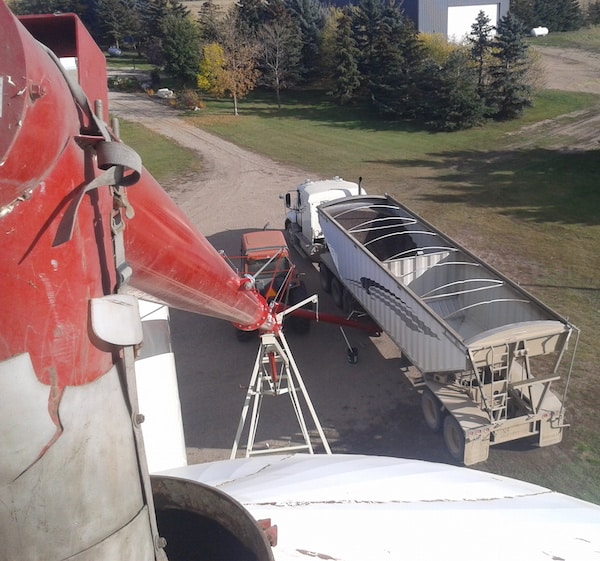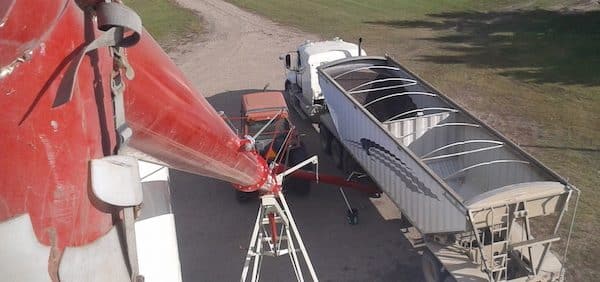Canola storage experts recommend that hot canola be put on aeration for cooling – even if it’s dry. That’s because air currents within the bin can concentrate moisture at the bottom of the central core — creating a possible start point for heating.
Aeration will even out the temperature and moisture throughout the bin, preventing hot spots from occurring.

The risk is higher with larger bins. Larger bins generally have less surface area relative to the volume, meaning natural cooling takes longer. The core will hold that heat longer if not aerated. Larger bins also take more loads to fill them, so there is a greater chance a load or two might be over 8% moisture. These spots would not necessarily be safe if temperatures are over 25°C.
On-off or always on?
When using aeration to COOL canola that is VERY DRY, fans can be shut off during the day on days when the air temp is more than 5°C warmer than the grain. If the air temp is close to or cooler than the grain temperature, keep the fans on. Having airflow is better than no airflow when it comes to preventing microbial action.
If the grain is NOT DRY, continuous fan operation is always recommended.
If canola was already aerated to cool it and remove respired moisture immediately after binning and if that canola is now dry, farmers can turn on fans on cool days or at night to achieve further cooling heading into fall and winter.
Further reading:
The first few days in the bin could make all the difference
Factors that elevator storage risk

